On October 10th, in the year 1423, the over two thousand members of the Consiglio Maggiore met in the Doge’s Palace. The Consiglio Maggiore was the highest organ of the Venetian State, in charge of matters of constitutional importance and national security.
Venetian Stories
This post is an issue of our newsletter — Venetian Stories — which goes out every few weeks, to keep in touch and share stories and titbits from and about Venice and its history.
The main point on the agenda was the Bubonic Plague, which was ravaging the city yet again.
The plague had arrived almost seventy-five years earlier, and had returned in successive waves every ten years or so. Over these decades, the city lost around half of its population, despite repeated attempts at importing skilled and unskilled labour from outside.
The Venetians had finally to come to terms with some difficult facts. Firstly, that the plague was not going away on its own accord. It kept coming back. Secondly, that of all the cures and remedies their doctors knew of, none made the slightest difference. Thirdly, and probably most importantly, that if they didn’t do something, the very survival of the Venetian State was at stake.
Doing something about the plague had become an existential question.
A hospital but no cure
The Consiglio Maggiore voted on a suggestion from the Senate to allocate the necessary funds to establish a hospital for the plague afflicted on an island.
The basic idea was simple: eliminate the illness from the city by physically removing the sick people. The Venetian state would take all the sick people, and put them on an island in the lagoon commonly referred to as Lazzaretto.
The people afflicted by the black plague were to be isolated, literally.
The point of the plague hospital on the Lazzaretto wasn’t to help the sick people admitted there beyond supplying food, water and lodging. There was no cure available. If they survived, they could go home, but if they didn’t, they’d end in a pit in the lagoon mud with many other unfortunate victims. Around half of those who got the plague died.
In short, the hospital on the Lazzaretto wasn’t about the people admitted. It was instead all about the safety of the state and the survival of Venetian society.
The people ill with the plague, or suspected of being ill with the plague, represented a danger to society. Society, therefore, to protect itself, had to isolate these people to protect the rest.
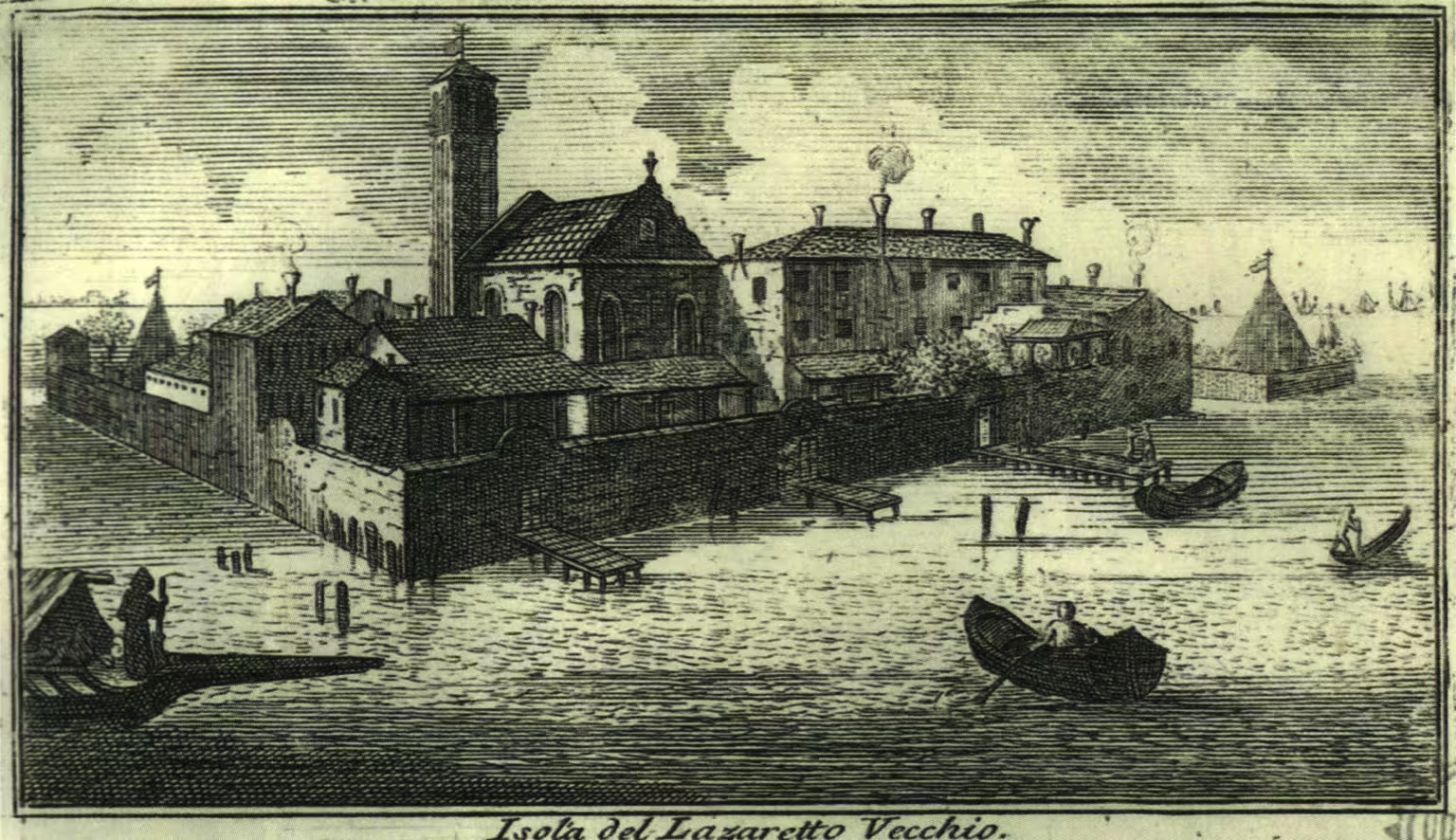
Lessons from the Lazzaretto
The Lazzaretto actually helped the situation, even if it didn’t solve the problem entirely. The next major plague outbreak in Venice was in 1439, more than fifteen years later.
The Venetians learned a few more things about the plague through the Lazzaretto.
First, they discovered that people could be contagious before they got visibly sick. We know this as the incubation period. This was a huge problem because of the number of persons they needed to isolate. If a merchant galleon arrived in the harbour of Venice with a sick person on board, there were some fifty to seventy more individuals in the crew to isolate. Also, they couldn’t be put in the hospital with the sick because then they would get sick too.
Second, they realised that objects could carry the decease. For example, people using the clothes of the deceased would very often get sick. While it is simple to have the clothes and furniture of common people burned if a member of the family gets the plague, it wasn’t a realistic option for the many tons of cargo a merchant galleon could carry.
The Lazzaretto Nuovo
The lessons learned prompted the Venetian authorities to establish a second lazzaretto. The purpose was twofold. It was for the isolation of those who were not sick, but had been in contact with the sick, and for the cleansing of the goods on the merchant ships.
In line with the first Lazzaretto, it became known as the Lazzaretto Nuovo, and the first consequently became the Lazzaretto Vecchio. The two islands still have these names today.
The two lazzaretti working in tandem mostly solved the problem of the black plague for Venice.
For the 350 years the two lazzaretti were operational, the plague never entered Venice again from the side of the sea. Oversea commerce, which was the lifeblood of the Venetian economy, was rightly seen as the largest danger, and both lazzaretti are on island close to the sea.
Venice suffered two more large epidemics of bubonic plague, in 1575-77 and in 1630-31. In both cases, however, the contagion arrived through travellers from the mainland.
Lazzaretti elsewhere

There are, or have been, lazzaretti in many other places.
When their effectiveness was confirmed, the Venetian state established lazzaretti in many places, both on the Venetian mainland, the dominio di terra, and on the various overseas possessions of Venice, the dominio di mar.
If you lock sailors and travellers up in a specialised facility for over a month, you can hardly expect to keep it secret. Soon lazzaretti appeared in other countries, such as in Ancona in the Papal State, in Milan and onwards in Genoa, Marseilles, Barcelona.
In the 1800s there are lazzaretti as far away as in Australia and in North America.
A bit of linguistics
The Latin word for island is insula. In Venetian (and Italian) it became isola. Being confined to an island was therefore isolazione, in English isolation.
The island chosen for the first lazzaretto was a bit south of Venice. It was not empty. The island housed a monastery dedicated to St Mary of Nazareth, so it was formally called Isola di Santa Maria di Nazareth.
That’s a tad long for daily usage, so it was quickly shorted to nazaretum in medieval Venetian.
The neighbouring island was named after St Lazarus, as there had been a leper colony there. The two names got a bit mixed up, and nazaretum morphed into lazaretum. In modern English, that’s lazaret.
In English and in most other languages, the word lazaret is with a single ‘z’ and with a single ‘t’, while the Italian has double consonants. The reason is that Venice, as a nation and a state, had its own Venetian language. The Venetian language is not fond of double consonants, so in Venetian it is lazareto. Italian, on the other hand, is very fond of double consonants, and turned it into lazzaretto. However, the usage of the word spread from Venice in the 1400s and 1500s, before there even was an Italian language. Other languages therefore got the word from the Venetian lazareto, not from the Italian lazzaretto.
The Lazzaretto Nuovo was the first permanent quarantine station in the world. The authorities referred to both location and period of isolation as contumacia, which means isolation in Venetian. However, people outside the institution started using another word.
The period of isolation varied quite a bit, but it would usually be some thirty, forty or fifty days. That is, on average around forty days.
Both Venetian and Italian have some words for fuzzy numbers, such as a ventina, which is around twenty-ish. When people came out of the lazzaretto, having been held incommunicado for the entire period, they would often say that they had done their forty-ish days in isolation. They had done their quarantina. Hence, the word quarantine.
More about the Venetian lazzaretti
I also work as a guide on the Lazzaretto Nuovo, so I have written on the Venetian lazzaretti on my blog:

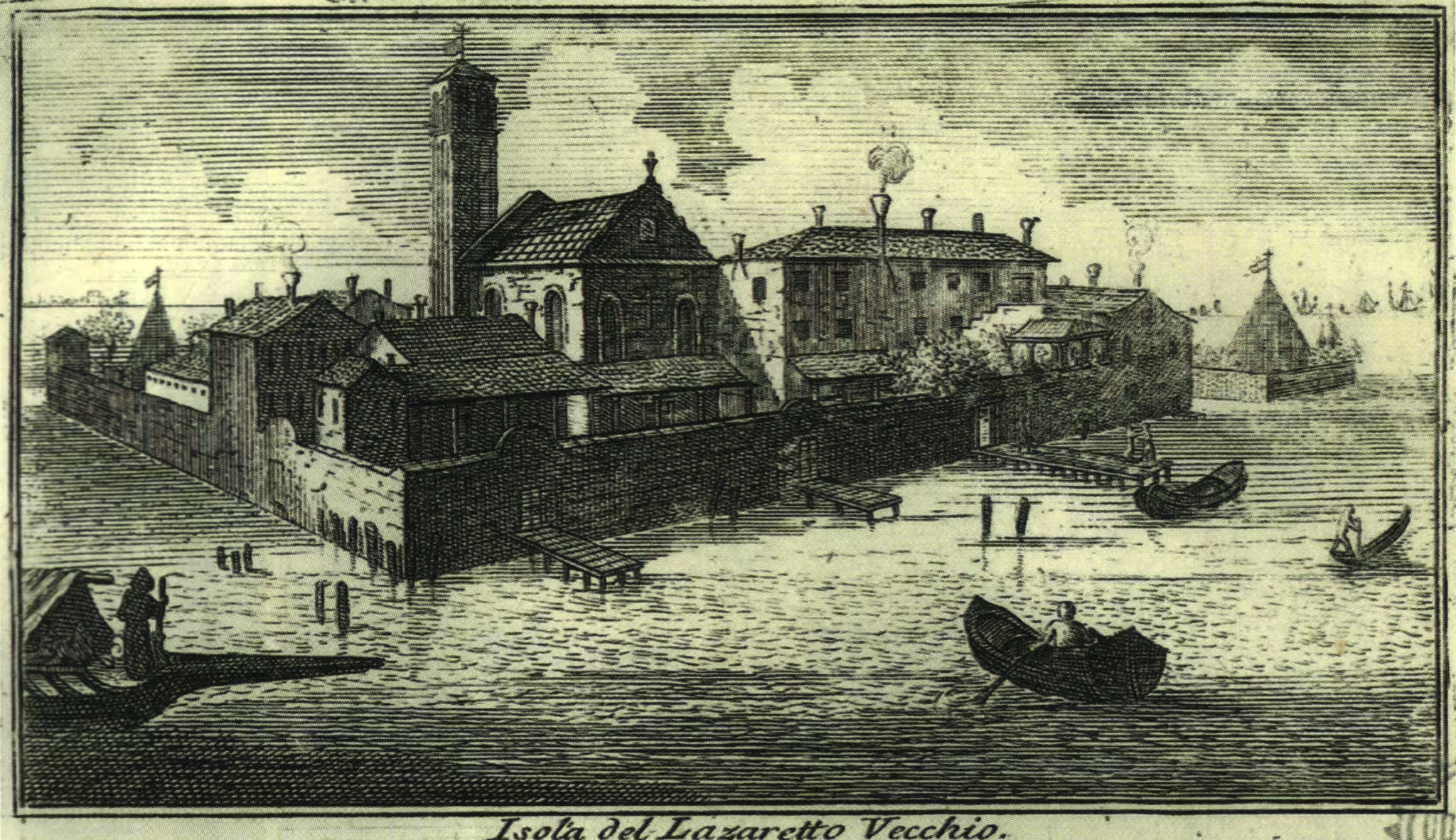
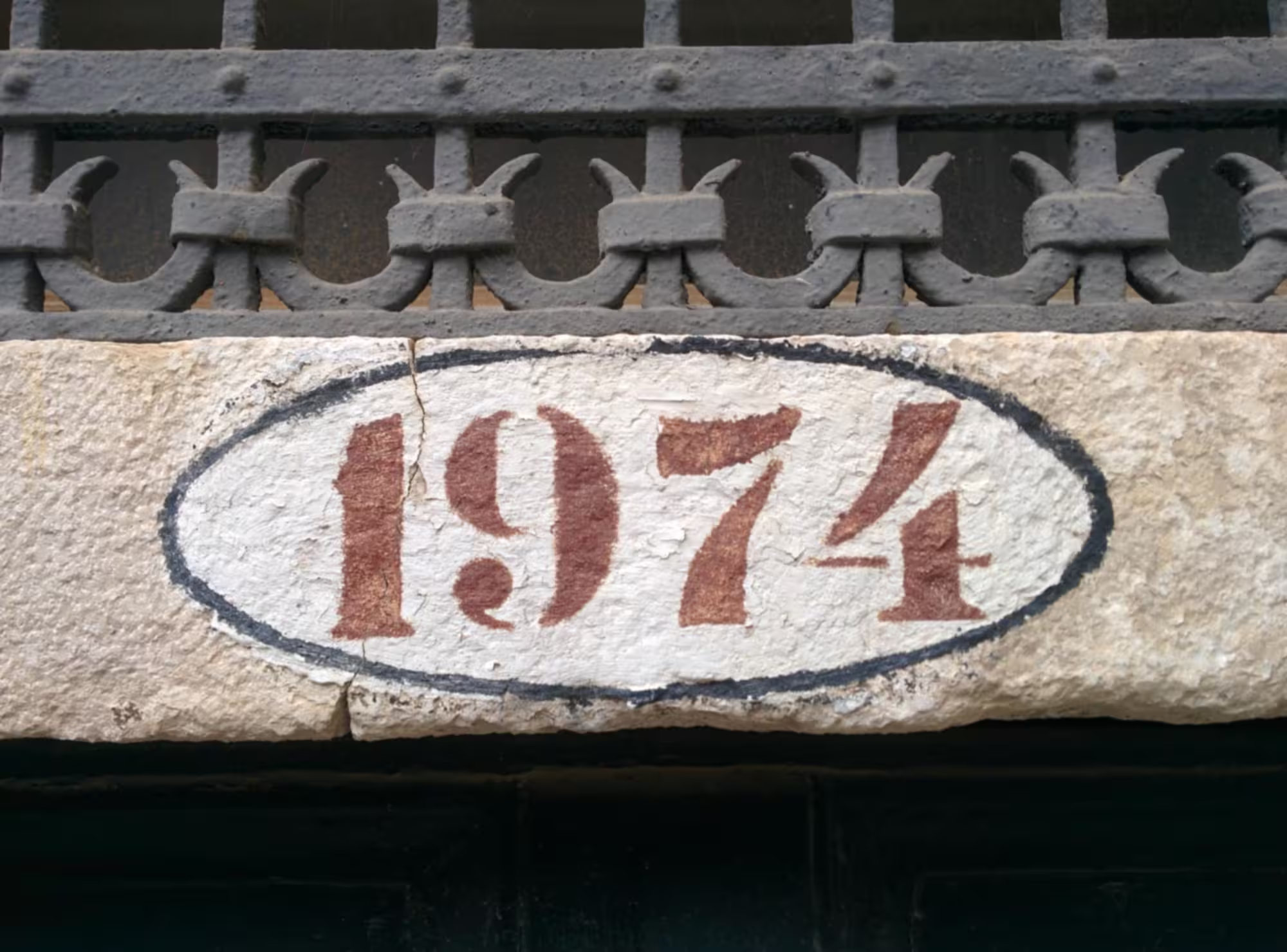
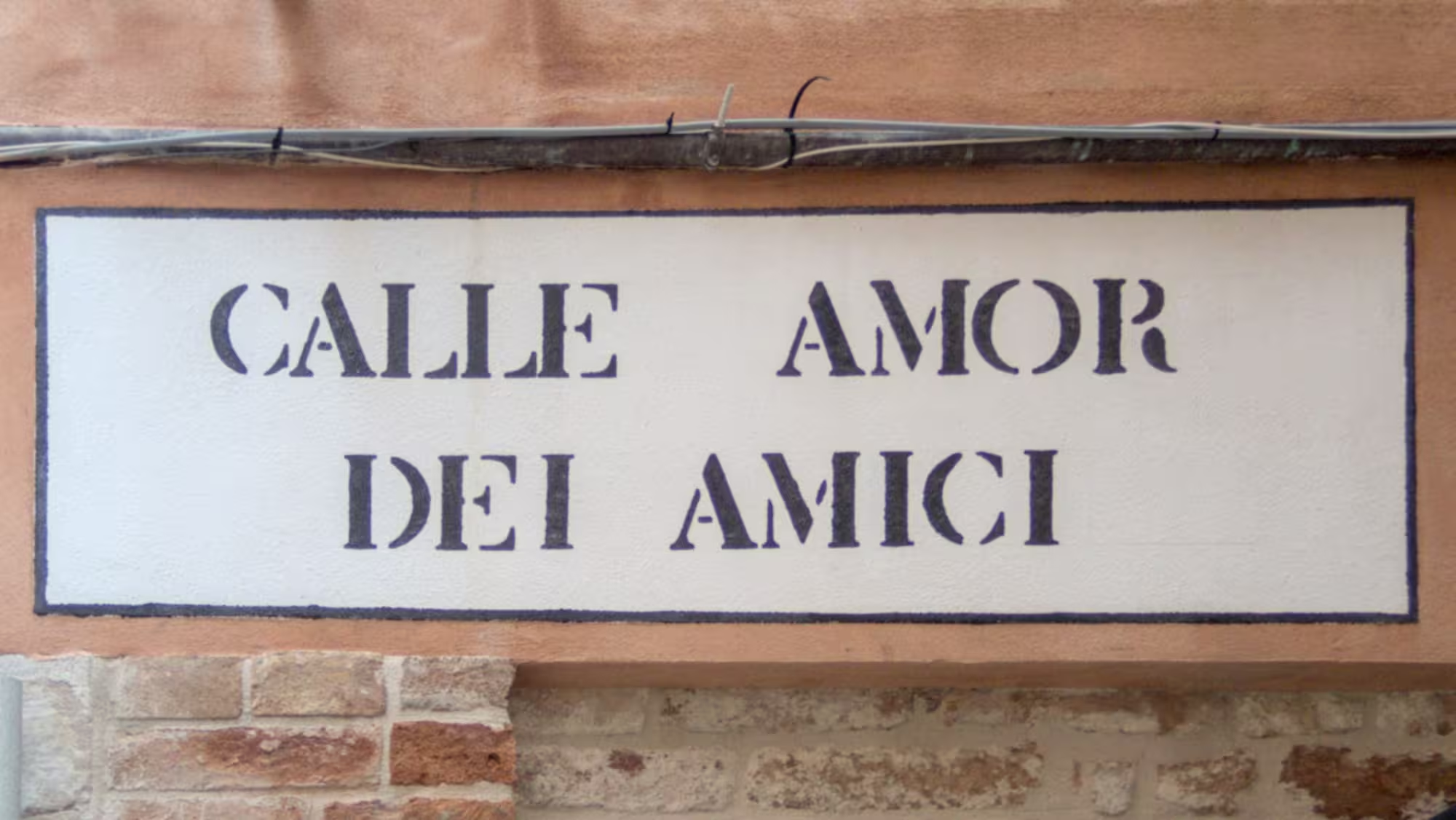
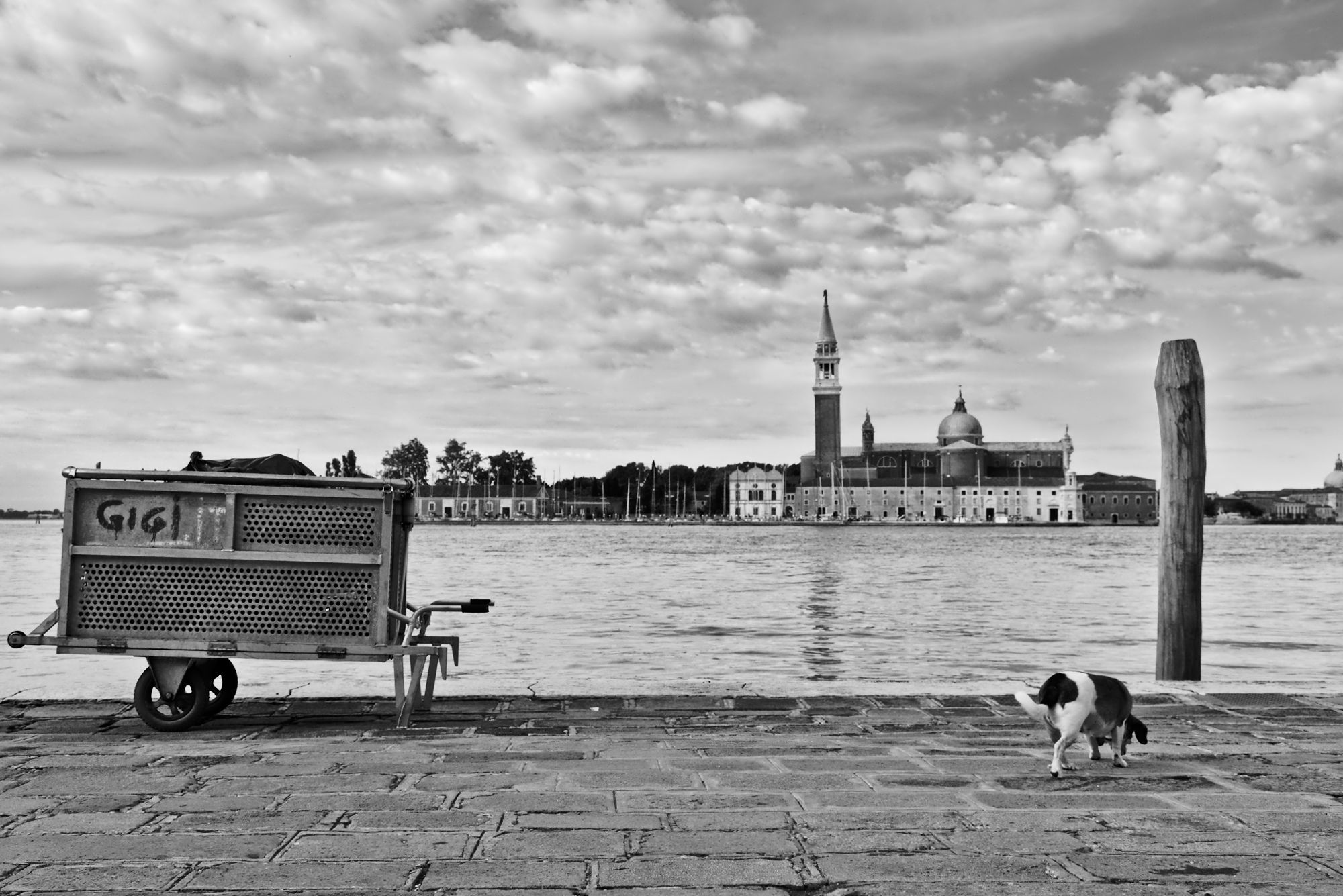
Leave a Reply